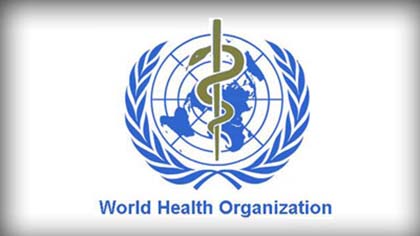KABUL - Representative of the World Health Organization (WHO) on Wednesday said that 19 million Afghans were at risk of Cutaneous Leishmaniasis, a skin infection.
Speaking at a conference arranged by the WHO and Ministry of Public Health (MoPH) jointly in connection with the World Health Day, Dr Richard Peeperkorn said that people were at high risk of the cutaneous disease in 21 Afghan provinces. He said that alone in Kabul 15,000 cases were reported in 2012.
Unfortunately, there is lack of financial sources in MoPH and its partners and donors to support control the Leishmaniasis effectively in Afghanistan. This World Health Day is a good chance to request adequate support for Leishmaniasis control program, he said.
Regarding malaria in the country, Dr Richard Peeperkorn said that based on 2013 data 27% percent Afghans are living in the high risk areas means that at least one malaria case occurs in 1,000 while 49% live in low risk areas and the remaining 24% of population live in the areas that are free from malaria risks.
Minister for Public Health, Suraya Dalil, said that annually 40,000 people in Afghanistan are infected by Cutaneous Leishmaniasis (CL), a disease that is transmitted by sandflies.
She said that CL is a big health problem in the country and every year up to 40,000 new cases are registered by the ministry.
Dalil said that leishmaniasis, malaria, yellow fever and dengue are the diseases that mostly affect semi-urban and rural areas where people suffer from lack of drinkable water, health services, and environmental pollution. “Malaria and leishmaniasis are the types of diseases that are spread by insects.”
According to Dalil, more than 80 percent of malaria cases are reported from Zabul, Nangarhar, and Laghman provinces. At least 390,000 malaria and filarisasis cases had been registered across the country in 2012.
“The Ministry of Public Health executed malaria control programs in 190 high-risk districts and distributed 4.5 million anti-mosquito nets. Training programs were also launched to train more than 10,000 employees. Moreover, over 224,000 identification tests and 7,971 anti-malaria kits were also distributed,” the minister said.
According to a report of the WHO, every year more than one billion people are infected by vector borne diseases including malaria, lymphatic, yellow fever, and filarisasis in the word. Vector borne diseases are responsible for killing of over one million people, globally. (Agencies)

